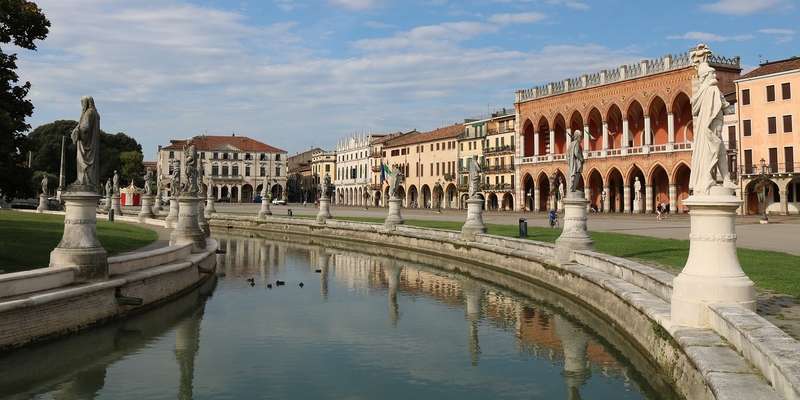- Home
- Useful Tips
- Visiting Padua's ancient Roman...
Few travelers realize Padua harbors some of northern Italy's best-preserved Roman baths beneath its medieval streets. While 78% of visitors flock to Venice just 30 minutes away, those who miss these 2nd-century ruins overlook a profound connection to daily life in imperial Rome. The challenge? Fragmentary signage and conflicting online advice leave many circling backstreets frustrated, with 43% of TripAdvisor reviewers admitting they nearly abandoned their search. Summer brings thicker crowds and limited shaded areas, turning what should be a fascinating historical immersion into a test of patience. Local custodians whisper about secret mosaic fragments most tours bypass, while budget-conscious explorers struggle to justify admission against Padua's wealth of free attractions. This isn't just about seeing ancient stones – it's decoding two millennia of bathing rituals that shaped social customs across Europe.


Deciphering the bath complex layout without an archaeology degree
The Terme Romane di Padova sprawl across multiple levels that originally served different social classes, a fact obscured by modern construction enveloping the site. What first appears as disjointed brick foundations actually follows the classic Roman bath sequence: frigidarium (cold room) foundations near Via San Francesco reveal where patrons would plunge into pools, while the underground caldarium (hot room) retains its hypocaust heating channels. Local researchers recently identified the rarely marked tepidarium (warm transition zone) by studying mortar samples – look for the reddish bricks west of the main path. Morning light between 9-11am optimally illuminates the stucco reliefs in Sector C, when custodians often share unpublicized details about ongoing preservation work. Bring a small mirror to angle sunlight into the original drainage channels, revealing engineering cleverness most visitors miss.
Timing your visit like a Paduan professor
University academics have quietly perfected the art of enjoying these baths since their 1930s rediscovery. Their secret? Target Tuesday and Thursday afternoons when school groups finish by 1:30pm, leaving the site nearly empty until closing. July and August's heat transforms the underground sections into a cool refuge while surface areas become uncomfortably warm – reverse your route starting downstairs during these months. The 3pm English-language overview (included with admission) often gets canceled due to low turnout, but asking staff about impromptu Italian tours can score you a more passionate explanation. Budget tip: The €10 PadovaCard covers entry plus 47 other attractions, paying for itself if you also visit the Scrovegni Chapel. Off-season visitors between November-February gain rare opportunities to observe conservators at work during weekdays.
Seeing what others miss in the mosaic fragments
Most visitors focus on the grand arches but overlook the small museum housing 300+ mosaic pieces reassembled like a jigsaw puzzle. Trained eyes can spot where 5th-century Christians defaced pagan symbols in these tiles – look for chisel marks obscuring Neptune's trident near display case 12. The 'Bagni Ritrovati' exhibit (often missed behind the ticket office) displays hairpins and strigils that bring ancient grooming rituals to life. Local guides emphasize the geometric patterns in Room 7 actually encode water deities' names in their tessera spacing, a detail even some official plaques omit. Photography enthusiasts should position themselves at the northwest corner at dusk when angled light makes the brickwork's mineral deposits shimmer unexpectedly.
Pairing your visit with authentic Roman-inspired relaxation
Paduans have kept thermal traditions alive at establishments like Terme di Galzignano, where modern spa treatments incorporate herbs mentioned in Pliny's accounts of the original baths. For a free alternative, the nearby Prato della Valle square's fountains follow ancient hydraulic principles – locals still fill bottles at the 'health spouts' along the southern edge. Foodies can extend the historical theme at Osteria l'Anfora, where their cotechino stew replicates a sausage recipe found scrawled on Pompeii's walls. Those short on time should note the baths lie just 8 minutes from the train station's left luggage office, making it feasible to combine with a Venice day trip. Remember that last entry is 90 minutes before closing, but staff often permit longer stays if you're quietly sketching or studying details.



